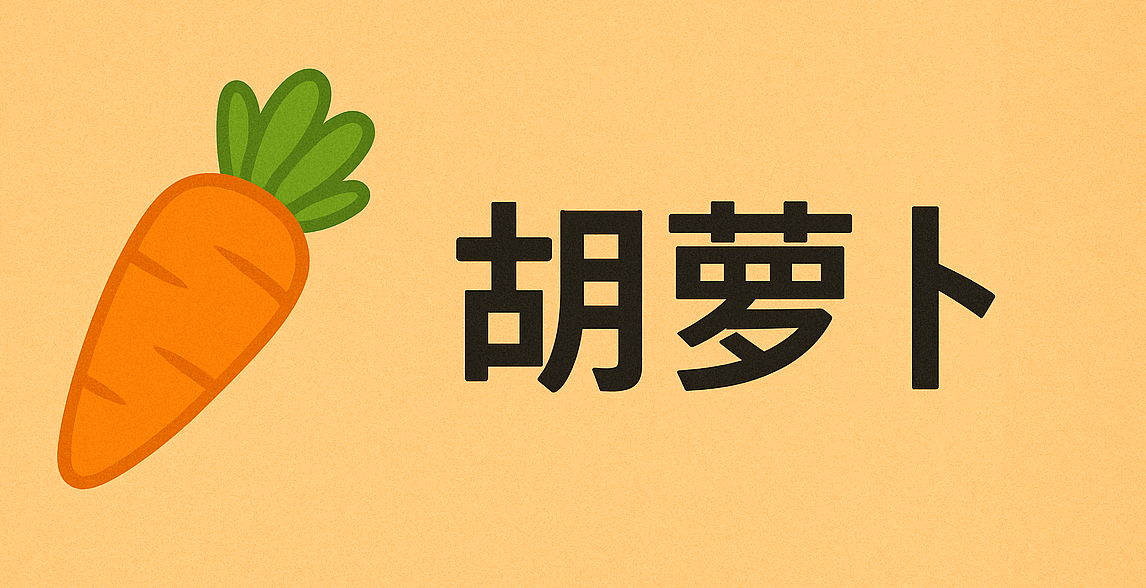Let’s Play a Game!
Your mission: “Read” below emoji-filled foreign sentences without peeking at the translations. Just follow your emoji instincts—no German/French/Spanish needed. Ready?
Round 1: Pseudo-German
Sentence:
“Mein 🧒 und 🐕 spielen 🎾 im 🏞️, und der 🐕 bringt 🎾⚡ zurück!”
Translation:
“My kid and dog play tennis in the park, and the dog fetches the ball lightning-fast!”
Easy, right? You got the general idea—even if you don’t speak German.
Round 2: Pseudo-French
Sentence:
“J’ai 🛒 du 🍎, du 🥕 et du 🍰 pour la 🎉… mais oh non! J’ai laissé mon 💰 à la 🏠!”
Translation:
“I bought apples, carrots, and cake for the party… but oh no! I left my wallet at home!”
Ready for a bit more of a challenge?
Round 3: Pseudo-Spanish
Sentence:
“Mi 📱 grita ‘💾🆘 ¡LLENO!’, pero… ¿por qué tengo 1,000 📸 de mi 🐈 y solo 2 📸 de mi 👨👩👧👦?”
Translation:
“My phone screams ‘STORAGE FULL!’… but why do I have 1,000 cat photos and only 2 of my family?”
So why does this matter?
Well, this is exactly how it feels when I read Japanese. I might not know the grammar, but Kanji (Chinese characters in Japanese) let me guess meanings.
It’s like reading a language made of emojis.
But this isn’t just a game—it’s how Chinese characters work in real life.
A Carrot Sparked This Whole Thing
Last week during lunch conversation with friends, we came to the question, “Where are carrots originally from?” We tossed around guesses—Europe? Asia? South America?
Then it hit me. I thought of the Chinese word for carrot: 胡萝卜 (hú luó bo).
That first character—胡—is a giveaway. In ancient Chinese, 胡 was used to describe things or people from Central Asia or beyond. So 胡萝卜 literally means:
“Foreign/Central Asian radish.”
Boom. That’s how I knew the carrot came from outside of China, most likely through the Silk Road.
Words as Mini History Lessons
Chinese characters aren’t just writing—they’re packed with stories.
Take 番茄 (fān qié), the word for “tomato.” That 番? Another hint of foreign origin, especially from the West.
It’s like having built-in etymology.
In English, you’d look up the root of a word in a dictionary.
In Chinese, the clue is right there in the character.
When Words Were Pictures
Chinese doesn’t use an alphabet like A to Z. Instead, it uses characters that evolved from drawings—like ancient emojis.
Here are some illustrations:
- 人 means “person” (it kind of looks like someone walking).
- 木 means “tree” (with branches and a trunk).
- 休 means “rest”—a person next to a tree. Literally: someone chilling under a tree!
How cool is that?
Check out the chart below—it’s fascinating to see how Chinese characters transformed over time. The last column shows traditional characters, which have been used since around 200 BCE. These were later simplified starting in the 1950s, with the current simplified version finalized in 1986.
Fun fact: Even native speakers sometimes struggle with memorizing all the complex strokes—that’s why simplified versions were introduced to make writing easier for everyday use!
Patterns and Radicals
Yes, Chinese has thousands of characters (40,000+!). But don’t panic—everyday literacy takes about 3,000–4,000.
And many characters are made up of reusable parts, called radicals, that give hints about meaning or sound.
Examples:
- 氵 (a water radical): shows up in words like 河 (river), 海 (sea), 泪 (tears).
- 火 (fire): appears in 炎 (flame), 烧 (burn), 烤 (grill).
Just like spotting a 🔥 emoji means something’s hot, seeing 火 hints at heat or fire.
But How Do You Type Chinese?
Good question! We use a tool called pinyin, which writes Chinese sounds using the Roman alphabet.
To type 我 (meaning “I”), you just type “wo,” and your phone suggests the right character.
It’s like autocorrect, but way more epic.
What’s in a Name?
Chinese names typically consist of just one or two characters – but with thousands of character combinations possible, most people end up with truly unique names. Unless parents deliberately choose extremely common characters, it’s rare to meet someone who shares your exact name. I’ve actually never met someone share the same name as me, given my last name itself is relatively rare.
Take mine , for example:
- 冀 (Jì) – my family name. It means “hope,” and also hints at origins in northern China.
- 炜 (Wěi) – “bright” or “brilliant.”
- 东 (Dōng) – means “east.”
So my Chinese name, 炜东 (Weidong), isn’t just a label, it’s a tiny story.
As for how I got the name Ross… that’s a whole different story.
I’ve always felt like names should come from parents, not something you pick for yourself. So a few years ago, I made a list of 10 English names and asked my parents to choose one. They went with “Ross,” mostly because it’s easy to remember and pronounce. And that’s how I got my English name.
Ending
Hope this gave you a fun peek into the world of Chinese—where a carrot can tell you about ancient trade and history. Language is wild like that.

Leave a Reply